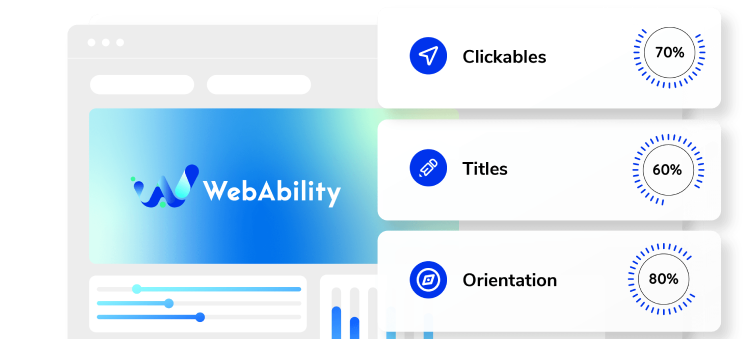RETAIL
Disabilities to focus on for web accessibility the consumer and retail sector
Accessible web practices are beneficial to the retail sector. When web accessibility is done correctly, the benefits can be significant and wide spanning.
Visual Impairments
The main focus of consumer and retail website owners should be on people who have visual disabilities. They should avoid displaying products in flashing images as this could be a limitation for people having low vision or who are color blind. Furthermore, the pages should be accessible by screen readers.
Auditory Impairments
There may be a problem for people who have a hearing disability if there are videos or audio on the websites. To cater to this situation, video descriptions and subtitles should be included.
Cognitive Impairments
This refers to having difficulty in reading and understanding content. Websites should be made so that people with cognitive issues can easily understand what is being said, i.e., avoid using jargon and technical terms in product descriptions, etc. Besides, people with dyslexia need to be able to read the content.
Mobility Impairments
Motor or mobility limitations include temporary or permanent injuries. The most common problem that these people come across is to navigate using a mouse. To make webpages accessible, they should be designed to allow moving around and carrying out tasks through the keyboard only—for example, using the tab key or arrow keys to navigate through products and using the enter key to select and proceed with the order.



